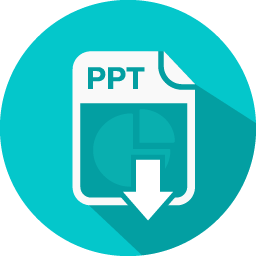
Text-matching software is believed to facilitate the detection of plagiarism by revealing the similarities of a text with the other sources. The strength of any software, in terms of catching the similarities, depends heavily on the size of its database. The databases may consist of internet files, articles published in academic journals, academic books, and assignments submitted by students. In addition to showing the similarities by highlighting the matches, a text-matching software also provides a similarity ratio in terms of percentage to the users. However, the numerical expression might be misleading for some users as it is not an uncommon practice that teachers simply depend on statistics rather than checking the assignments against plagiarism concerns. There are even institutional regulations where a threshold similarity ratio is set as a limit without dealing with the possibility of plagiarism incidents in a text. It is therefore crucial to approach these similarity reports with caution. Within this perspective, this session will present how to interpret similarity reports retrieved from text-matching software by taking both highlighted similarities and similarity ratios into consideration.
